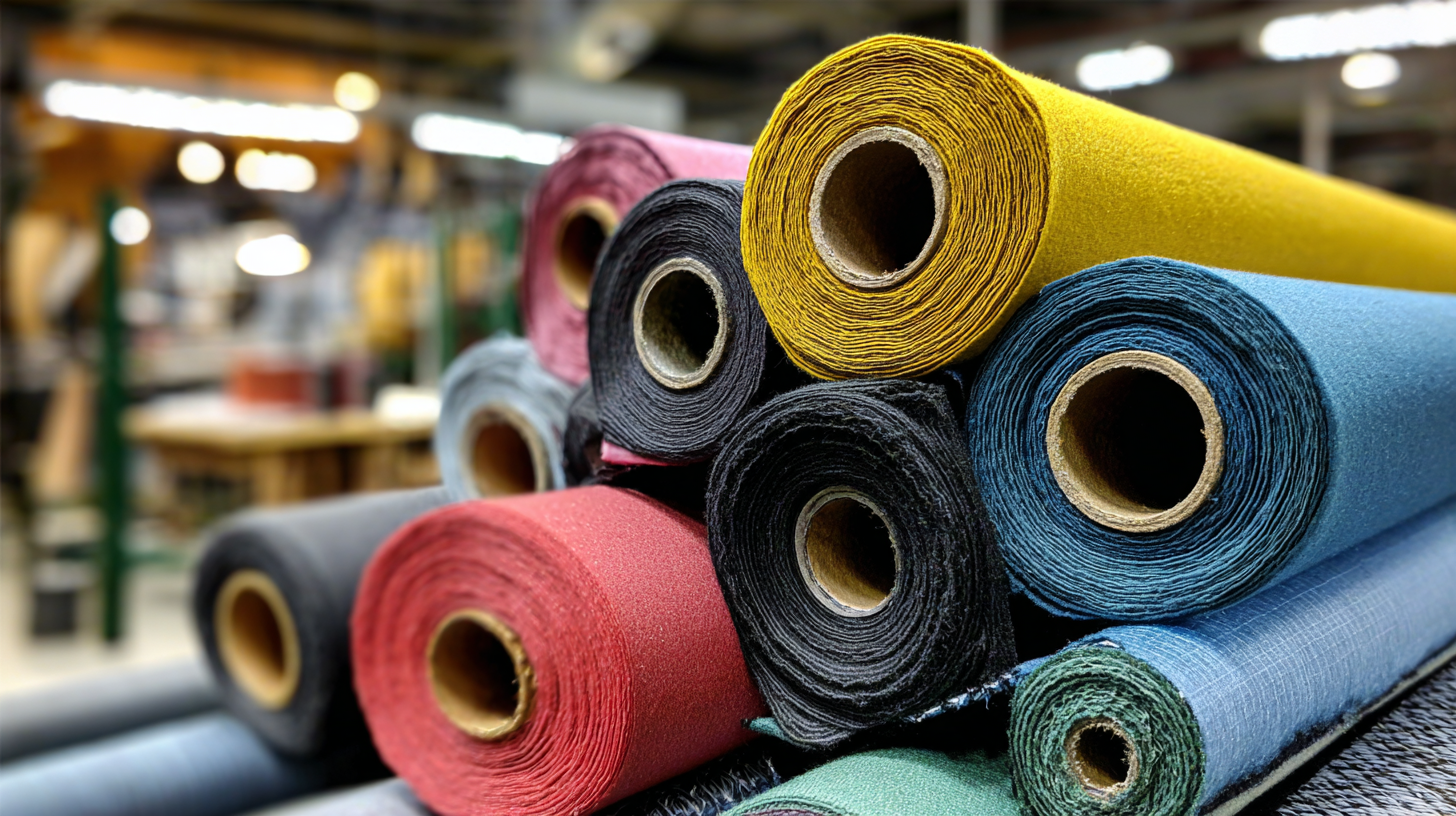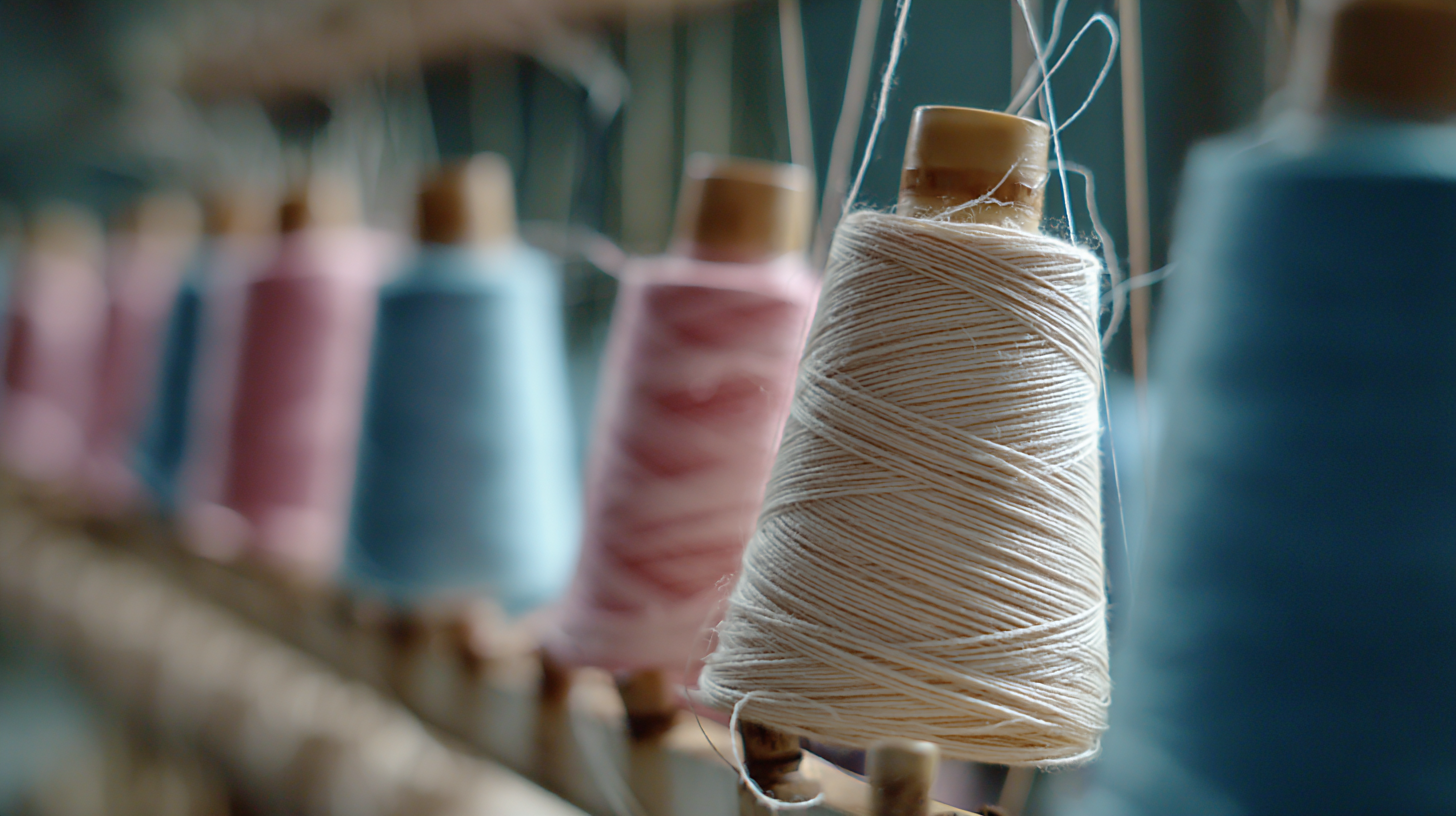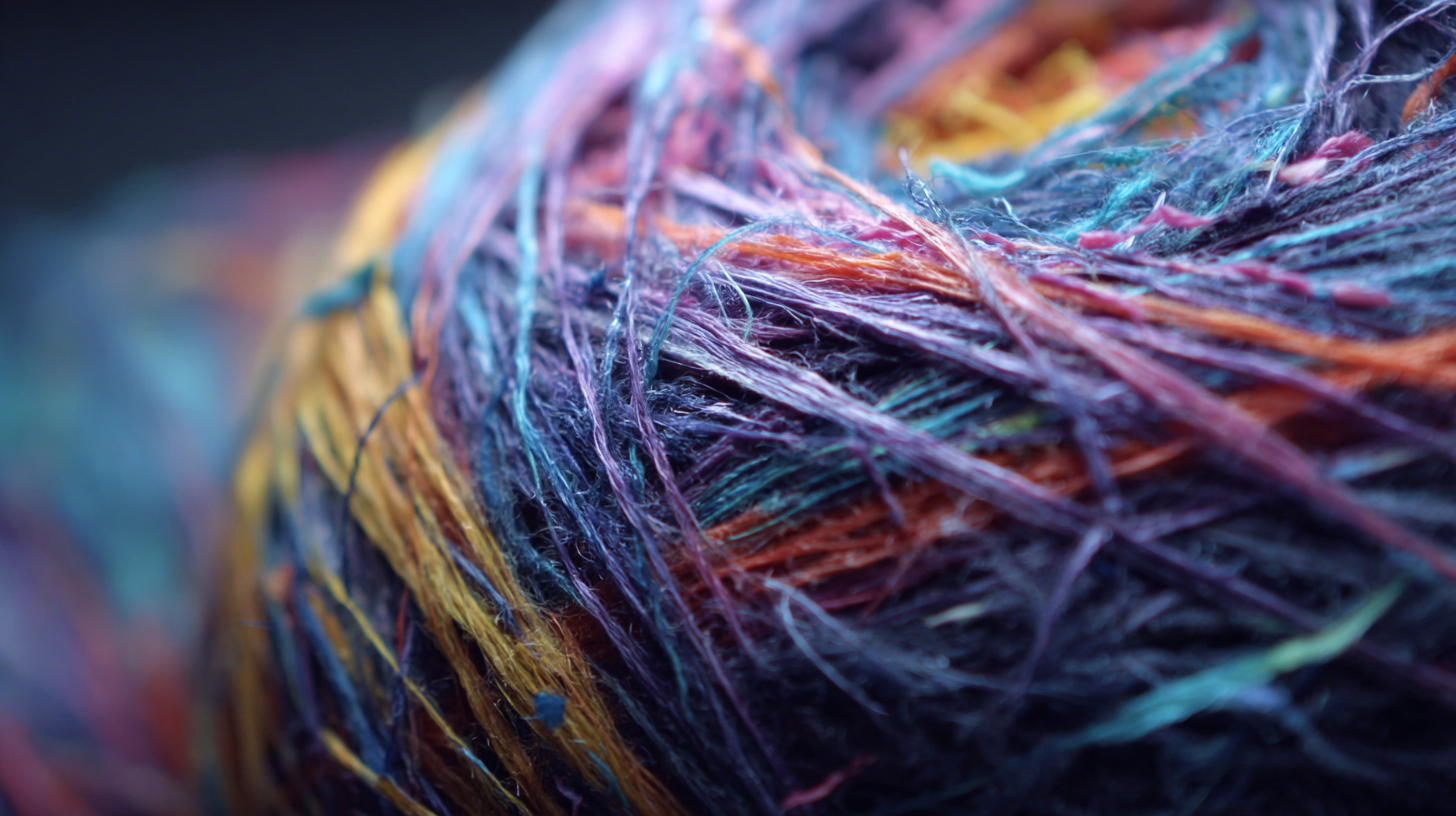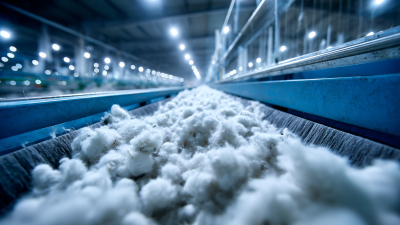
Exploring the Versatility and Sustainability of Polyester Staple in Modern Textiles
The textile industry has undergone significant transformations over the past few decades, with sustainability becoming a key focus as consumer demand for eco-friendly materials grows. Polyester Staple, a significant player in the synthetic fiber market, stands out due to its remarkable versatility and recyclable nature. According to the Textile Exchange's 2021 report, polyester accounts for over 52% of global fiber production, highlighting its dominance among textile materials. As brands increasingly prioritize sustainable practices, the development and utilization of recycled polyester staple fibers are vital for reducing environmental impact. For instance, the Global Recycled Polyester Market is projected to reach USD 5 billion by 2025, driven by the rising consumer preference for sustainable options. The adaptability of Polyester Staple in various applications—ranging from clothing to industrial textiles—demonstrates its critical role in promoting sustainable practices in the modern textile landscape.

The Multifaceted Applications of Polyester Staple in Modern Textile Production
Polyester staple fibers have emerged as essential components in modern textile production due to their remarkable versatility and sustainability. The global market for polyester fibers is projected to experience significant growth, with estimates predicting an increase from $82.07 billion in 2025 to $129.7 billion by 2032, representing a compound annual growth rate (CAGR) of 6.8%. This growth reflects the rising demand for polyester in various applications, driven by its durability, affordability, and ease of maintenance.
Moreover, the recycled polyester market is gaining momentum, further emphasizing sustainability in textile production. It is anticipated that the market size for recycled polyester will reach $38.53 billion by 2034, growing from $17.32 billion in 2025. This shift not only highlights the industry's response to environmental concerns but also signifies a transformative movement towards a more circular economy. As manufacturers increasingly adopt recycled materials, polyester staple fibers are becoming synonymous with responsible production practices, paving the way for innovative applications across diverse sectors within the textile industry.
Understanding Polyester Staple Fiber's Role in Sustainable Fashion
Polyester staple fibers play a crucial role in the evolving landscape of sustainable fashion, providing a versatile alternative to traditional textile materials. As consumers increasingly prioritize eco-friendly and ethically produced options, the demand for sustainable polyester innovations continues to grow. Unlike virgin polyester, recycled polyester staple fiber is derived from post-consumer plastic bottles and textile waste, significantly reducing environmental impact by diverting waste from landfills and minimizing resource consumption.
The adaptability of polyester staple fibers also contributes to their popularity in sustainable fashion. These fibers can be blended with other materials, enhancing breathability, durability, and overall fabric performance. Innovative brands are harnessing this versatility, creating stylish and functional garments that meet modern consumer expectations while championing environmental responsibility. By embracing recycled polyester staple, the fashion industry can not only reduce its carbon footprint but also promote a circular economy, where materials are continuously repurposed and reused.

Quantifying the Environmental Impact of Polyester Staple vs. Natural Fibers
The environmental impact of polyester staple fibers compared to natural fibers has become a critical topic in the textile industry. Reports indicate that polyester, derived from petroleum-based resources, contributes significantly to global plastic pollution, with around 60% of fabric produced worldwide being synthetic. The production of one kilogram of polyester generates approximately 5.5 kilograms of CO2 emissions, overshadowing natural fibers like cotton and wool, which have lower carbon footprints. However, it’s important to consider the full lifecycle of these materials. For instance, while cotton cultivation uses substantial water and pesticides, recycled polyester can mitigate some environmental concerns associated with virgin polyester.
Tips: When choosing textiles, look for certifications such as Global Recycle Standard (GRS) to ensure that the polyester staple you are purchasing is made from recycled materials. This can help reduce your carbon footprint significantly.
In addition, consider blends that incorporate natural fibers with recycled polyester. This combination can enhance the durability and versatility of fabrics while reducing reliance on newly produced synthetics. Reports show that textiles made from such blends often achieve a lower overall environmental impact, making them a sustainable choice for consumers and manufacturers alike.
Innovations in Polyester Staple Recycling and Circular Economy Practices
The advancements in polyester staple recycling are pivotal in fostering a circular economy within the textile industry. According to a report by the Textile Exchange, approximately 60% of polyester produced globally is now recycled, illustrating the industry's commitment to sustainability. Innovations in processes such as chemical recycling allow for the deconstruction of polyester into its original monomers, which can then be repolymerized into new fibers. This not only reduces waste but also minimizes the reliance on virgin materials, significantly decreasing the environmental footprint associated with polyester production.
Moreover, companies are increasingly adopting closed-loop systems where post-consumer textile waste is collected and transformed back into high-quality polyester staple. A study published in the Journal of Cleaner Production indicated that utilizing recycled polyester can reduce greenhouse gas emissions by up to 79% compared to conventional polyester production. As brands like Adidas and Patagonia champion these eco-friendly practices, they pave the way for a more sustainable future, encouraging consumers to embrace recycled textiles. The shift towards polyester staple recycling is reshaping the fabric of our industry, highlighting that sustainability and innovation can indeed go hand in hand.

Future Trends: Biodegradable Polyester Staple and the Push for Sustainable Materials
The push for sustainable materials in the textile industry is gaining momentum, particularly with the advent of biodegradable polyester staple fibers. A noteworthy projection indicates that the global biodegradable polymer market size will exceed $13 billion by 2025, with a compound annual growth rate (CAGR) of approximately 21.4% from 2026 to 2035. This surge is driven by the increasing demand for eco-friendly alternatives amidst rising concerns over plastic waste.
Amidst this shift, cellulose acetate, a prominent biodegradable option, is expected to play a pivotal role. The market for cellulose acetate, which includes applications in textiles, film, and tobacco, is set for significant growth as manufacturers pivot towards sustainable practices. Industries like textiles and coatings will benefit from this move, leveraging the material's unique properties while adhering to environmental standards.
**Tips**: When considering sustainable materials, look for certifications that verify biodegradability and environmental impact. Moreover, staying informed about industry trends can give brands a competitive edge in adopting innovative materials that satisfy consumer preferences for sustainability.
Related Posts
-

Understanding Polyester Staple: The Key Ingredient in a $540 Billion Global Textile Industry
-

How to Choose the Right Polyester Staple for Your Textile Production Needs
-

Ultimate Guide to Choosing the Right Fiber Polypropylene Products for Your Business Needs
-

How to Choose the Best Menstrual Materials for Your Comfort and Health
-

Maximizing Value with Best Fiber Black Through Superior After Sales Service and Cost Efficient Repairs
-

Ultimate Comparison of Top Sanitary Pads for Heavy Bleeding with Expert Insights and Data



